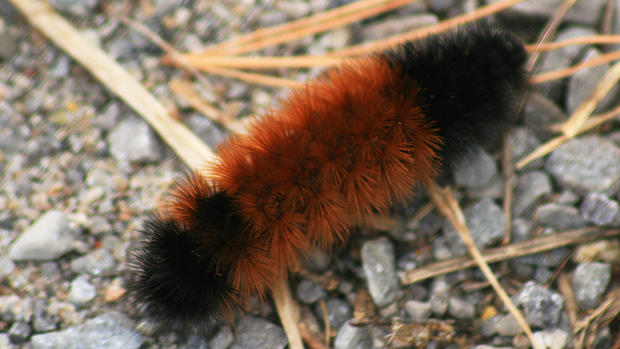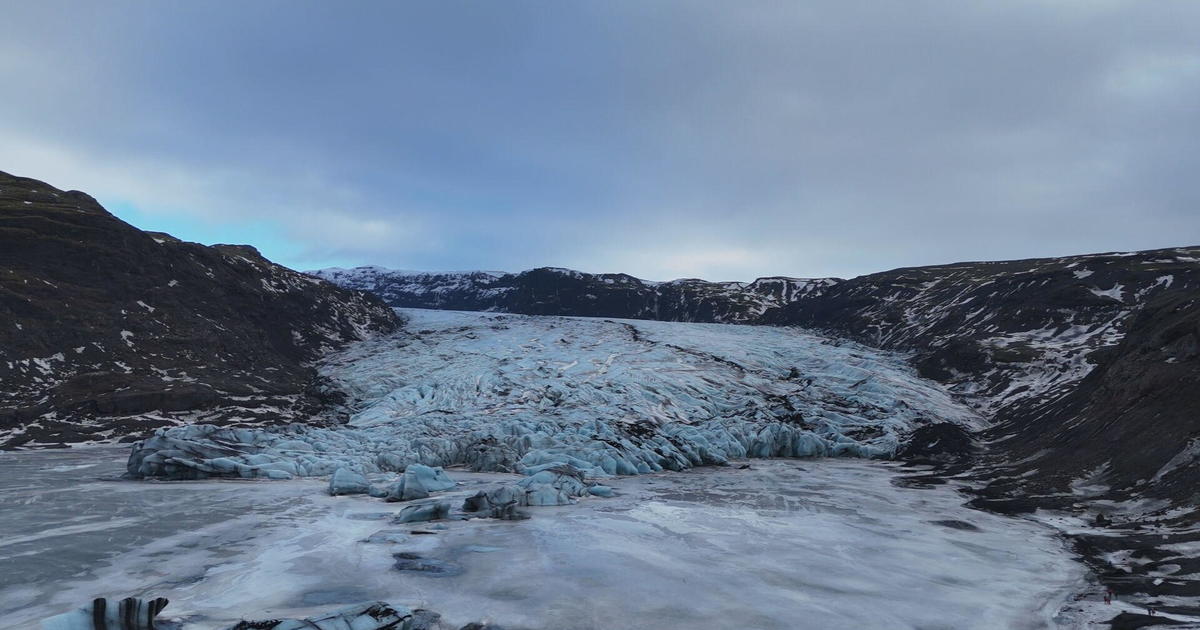Can Nature And Woolly Bear Caterpillars Be Simple Predictors Of Our Winter Weather Forecast?
BOSTON (CBS) - As the leaves turn colors and begin to fall, temperatures drop and perhaps you notice that first frost on the grass or even see the first snowflakes of the season, we are instantly thinking about what this winter will be like.
This is the time of year when we meteorologists attempt to predict what the upcoming coldest months of the year will be like. For weeks, we analyze charts and graphs, trends and climatology. We look to the oceans, the arctic and even Siberia for hints. But, are we just complicating things?
Some experts would say all you have to do is go outside and let nature be your guide.
There are some biological markers such as plants that have a documented history of certain patterns that are said to correlate to the upcoming winter conditions. When flowers that usually bloom during the spring bloom again in the fall, winter will be cold. If you notice a big berry crop, that can be an indication the following winter will be a cold one.
Maybe it's an animal's instinct that can tell us about winter. A harsh winter may in store if you see a snowy owl arrive early, or witness the early migration of ducks, geese and even monarch butterflies.
There is even a popular phrase "squirrels gathering nuts in a flurry will cause snow to gather in a hurry." This saying ties with the theory that many acorns in a given year is often a sign of abundant snowfall on the way.
Even insects have been linked to predicting winter weather. If you spot bees' nests high in the trees or ants marching in a single file, folklore suggests the winter will be harsh.
However, there is no creature, big or small (with the exception of the groundhog) that is more renowned for their weather prediction than that of the woolly bear caterpillar. Wooly worms are black and brown and if the brown segment is small, the winter is said to be cold and long. If the brown part takes up most of the caterpillar then the winter is supposed to be mild.
Have you seen one yet?
Believe it or not, the woolly caterpillar's prediction has been studied now for over 80 years! Dr. Charles Curran, a curator of insects at New York City's American Museum of Natural History found an 80% accuracy back in the 1940s with woolly worm.
So, could winter forecasting actually be as easy as stepping outside and observing nature? We'll see, but for now I think we are still going to rely on technology to guide our forecasts.
What do you think? We want to hear your winter forecast! Give us your prediction for the final snowfall total this winter at Logan Airport. The winner will receive a season ski pass to Wachusett Mountain. Good Luck!




